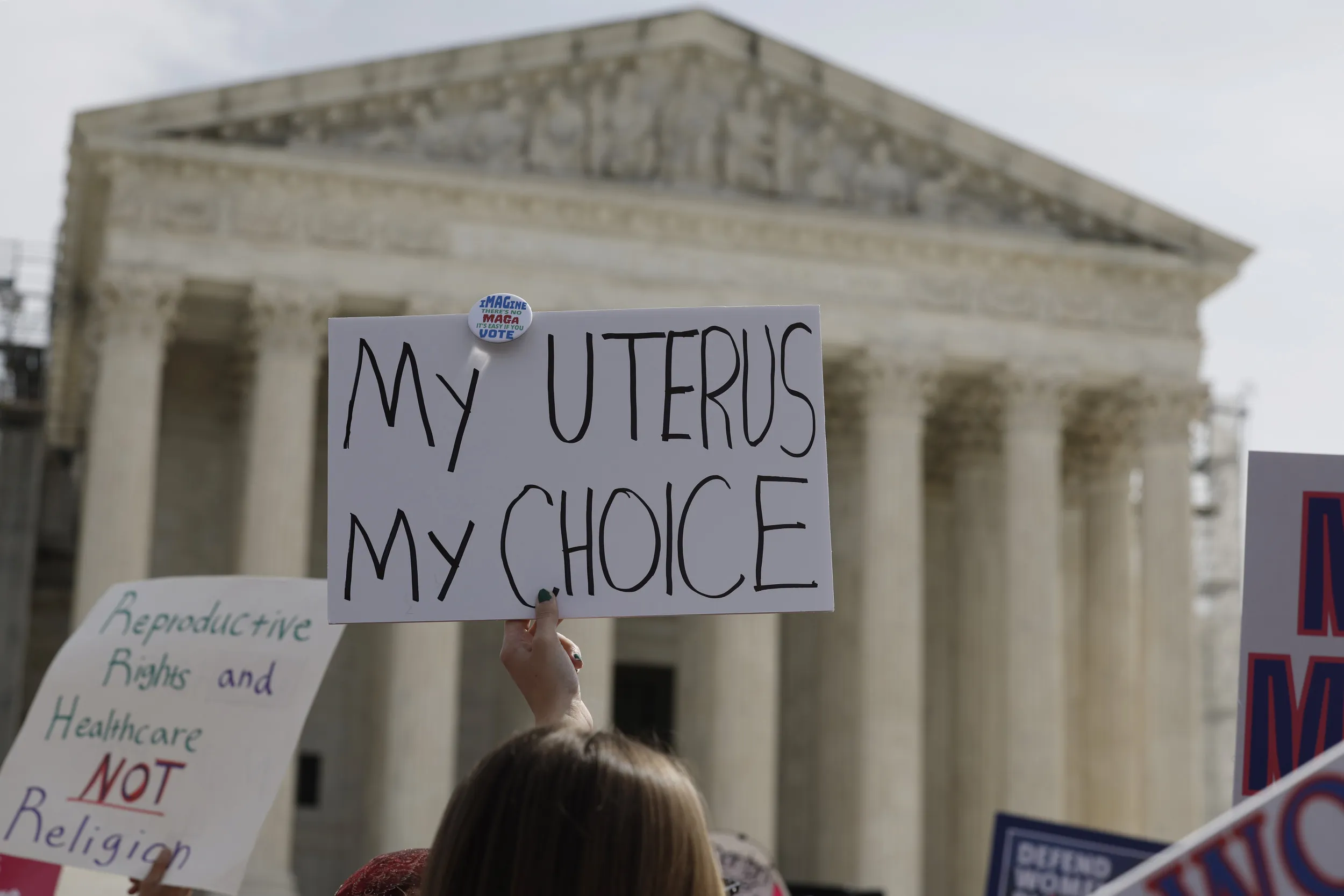Abortion Ban Sparks Increase in Tubal Ligations Across the U.S.

Impact of Abortion Bans on Women's Health
Abortion bans are influencing women's health decisions, leading to a spike in tubal ligation procedures in states with strict abortion laws. Following the U.S. Supreme Court's landmark Dobbs v. Jackson Women's Health Organization decision to overturn Roe v. Wade, many states have enacted abortion prohibitions, compelling women to consider permanent contraception methods.
Study Findings on Tubal Ligations
A recent research letter published in JAMA has highlighted that prior to the Dobbs ruling, tubal ligations remained stable. However, following this pivotal decision, the rate of tubal ligation escalated in states marked by abortion restrictions. Specifically, the data revealed a consistent 3 percent increase in tubal ligations each month in states that imposed substantial abortion bans.
Insurance Claims and Patient Data
Researchers analyzed insurance claims covering nearly 4.8 million patients who underwent tubal ligations from 2021 to 2022 across 36 states and Washington, D.C. Each location was categorized according to its abortion regulations, providing crucial insights into the choices women are making in response to the evolving legislative landscape.
Women's Health Autonomy in a Changing Landscape
The current climate regarding abortion rights and access has profound implications for women’s health autonomy. The rising trend in tubal ligations underlines the shifts women are forced to make in the face of restricted reproductive rights.
Disclaimer: The information provided on this site is for informational purposes only and is not intended as medical advice. We are not responsible for any actions taken based on the content of this site. Always consult a qualified healthcare provider for medical advice, diagnosis, and treatment. We source our news from reputable sources and provide links to the original articles. We do not endorse or assume responsibility for the accuracy of the information contained in external sources.
This article was prepared using information from open sources in accordance with the principles of Ethical Policy. The editorial team is not responsible for absolute accuracy, as it relies on data from the sources referenced.